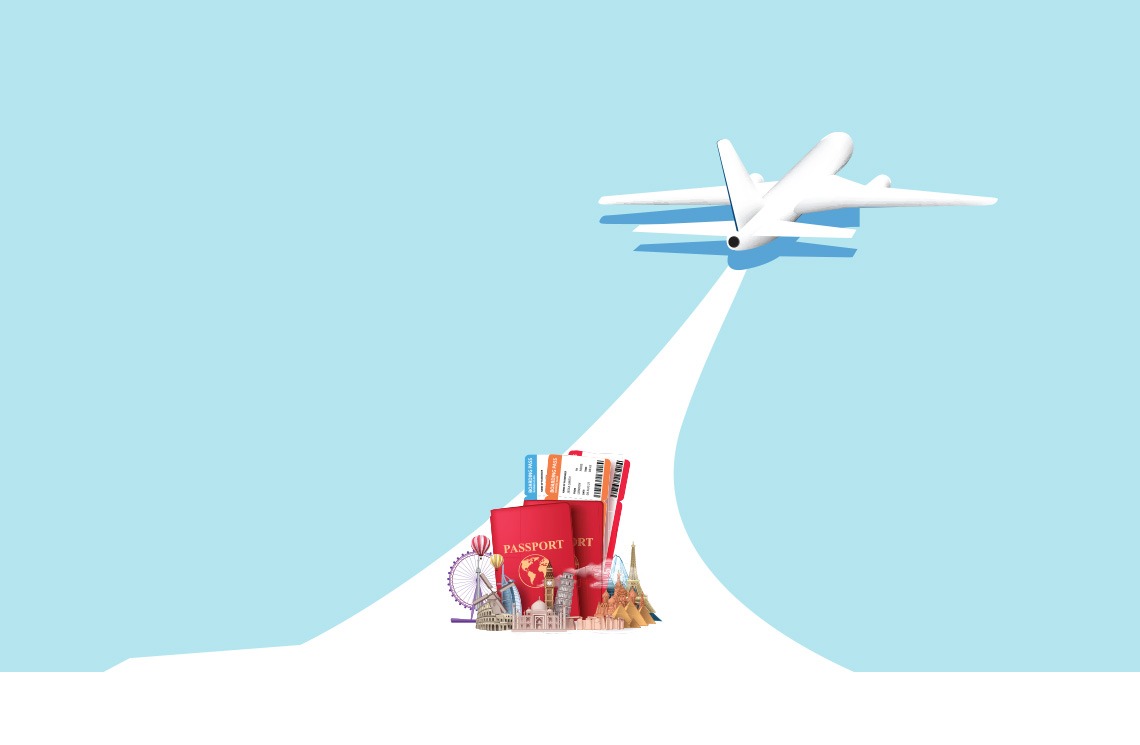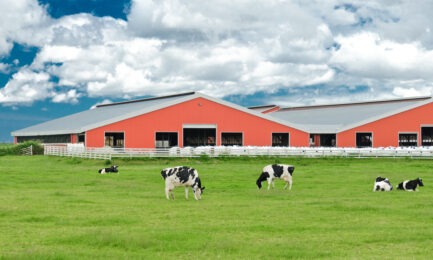Groups are returning to Asia and Europe
The man who came to be known as Saint Augustine, born in North Africa, is famously said to have uttered the truism, “The world is a book, and those who do not travel read only a page.” Yes, travel we must, to truly begin to comprehend and savor those pages, and most meeting professionals will tell you travel is one of the core benefits of the job, no matter the inevitable hassles.
And yet, as you know too well, travel came to a screeching and jolting halt until recently. And nowhere was that more true than in travel beyond our own borders. I was succinctly reminded of that not long ago by an artisan who owns a leather goods shop in beautiful, tourist-dependent Cefalu, on the northern Tyrrhenian Sea coast of Sicily.
“How is business?” I asked.
“I survived,” the man at the workbench said, not looking up. He motioned toward the medieval cobbled lane outside, crowded again with visitors from many countries. “All of 2020, no one. Then only Italians.” He finally peered up to reveal dark eyes. “Now is better.”
Now is better. Once again, Asia and Europe have opened welcoming arms to groups from around the world. Here is a snapshot of what is the same, what has changed and where you might want to consider planning again.
Wheels Up
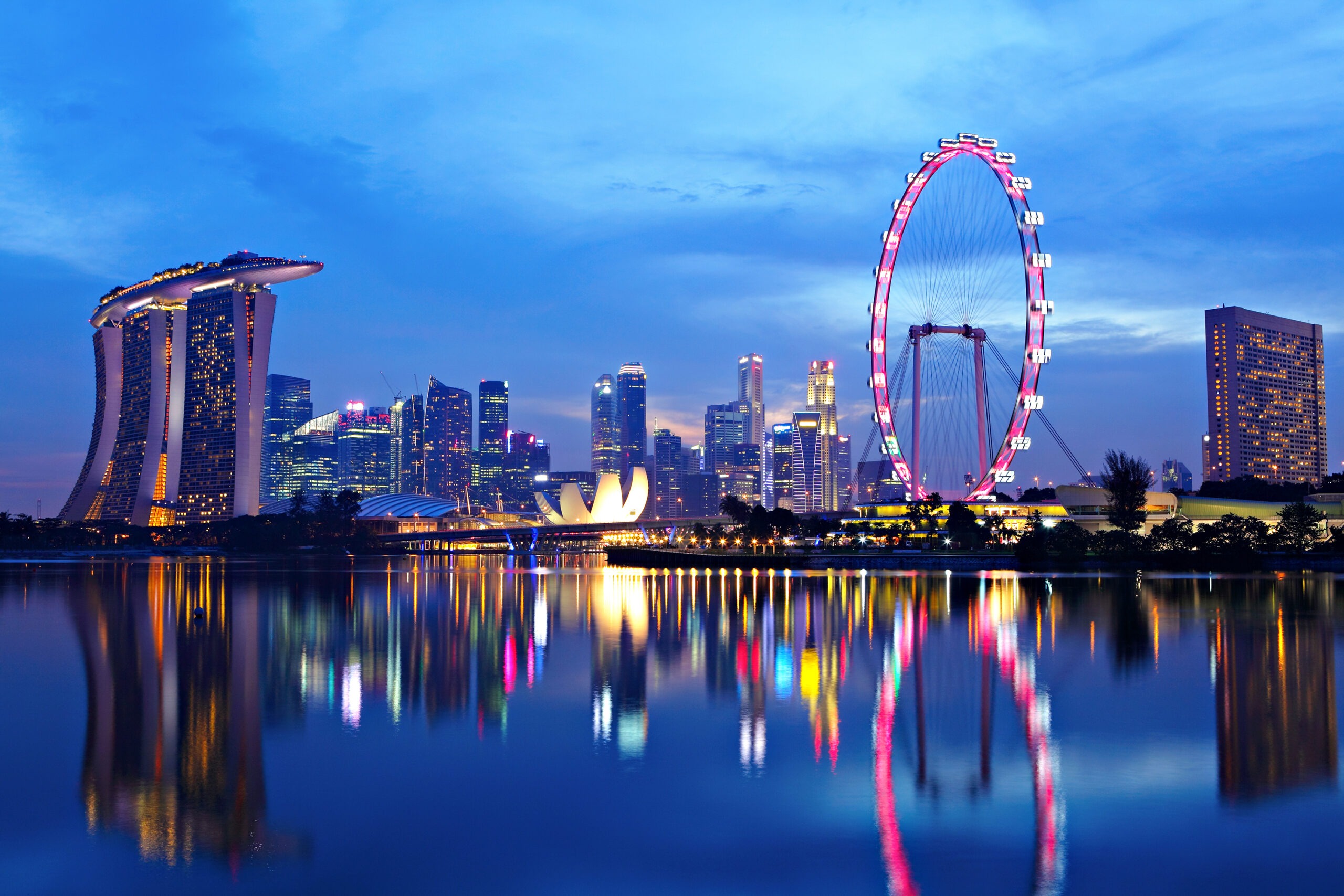
Already by this spring, international air ticket sales were up 17% over the previous year, and that trend has continued to take flight. Overall ticket sales set a monthly record of more than $9.6 billion, besting the pre-pandemic high of $9.3 billion in March 2019, according to Airlines Reporting Corp., or ARC.
“ARC’s air travel ticket data supports what we’re hearing from airlines…for both corporate and leisure travel,” said Steve Solomon, ARC chief commercial officer, in a press statement. “A larger portion of the summer demand is for top European destinations like London, Paris and Rome, which are showing significant year-over-year increases in air travel ticket purchases from U.S. travelers.”
Despite some indication of headwinds as the peak travel season loomed—both ARC and a Bank of America analysis of credit card spending pointed to some moderation in airline ticket sales by April—Asia tells much the same story. Singapore led the way in 2022, followed by South Korea and Taiwan. In the case of China, which finally reopened fully in mid-March, travel tech company Sabre reported that travelers from Taiwan, the United States, Thailand, Korea, the United Kingdom and Canada were leading the group and tourism recovery.
Read More: Europe in Southern California
A return toward normalcy has since spread throughout the Asia Pacific region. China dropped its requirement that travelers have a negative PCR test to enter, Hong Kong lifted its requirement for masking on public transit and indoors after 959 days of the strictly enforced mandate, and Japan ended its recommendation for the same practices. Macao began allowing indoor venues such as convention centers and casinos to set their own rules for masking.
Vietnam followed China in welcoming groups and tourists again, initially with the requirement of a negative PCR test before departure and an antigen test upon arrival. The first inbound travelers sought out the most popular urban and coastal centers such as Ho Chi Minh City, Hanoi, Danang, Halong Bay and Phu Quoc, but less well-known destinations in central Vietnam also reported keen interest from planners.
“It took a few months for event organizers to monitor the situation and gain confidence,” Glen Cook, area general manager of Laguna Lang Co on the country’s southern coast and assistant vice president for Vietnam with Banyan Tree Hotels and Resorts, told an interviewer. “We started welcoming the first international groups from short-haul markets that had resumed flight connections.”
Fasten Your Seatbelts
In both Europe and Asia, the return to robust group business has not been without its turbulence. Especially from faraway destinations like North America, it cost more to get there and there were fewer flights, particularly to Asia earlier in the year.
Sabre ticketing data, for example, tracked prices for the most popular China inbound routes earlier this year at no less than twice the pre-pandemic cost. Those prices moderated as the year unfurled, but aviation economists predicted ticket costs would remain higher until there were more seats to sell—with the restoration of all flights and routes not only in China but throughout the region.
So-called “revenge travel” after the long lockdown has undoubtedly driven up demand, with leisure travelers willing to pony up for higher air ticket—and hotel—prices. Data also indicates travelers are booking further in advance, in lieu of last-minute trips. In places where flight capacities are still catching up after pandemic lockdowns or severe constriction, this may also be contributing to the staying power of inflated pricing.
Another challenge for rebounding international gatherings has been strictly bureaucratic. In a word, passports.
The return to travel in all categories has created a bottleneck unprecedented for a generation or more in State Department applications for renewals and new passports. The government says 500,000 requests are being received per week, with each taking up to 13 weeks to process. Even with the extra fee for expedited service, the wait can stretch to up to more than two months.
More than staffing issues are said to be at play.
The percentage of Americans wanting passports has been growing for decades, and that trend accelerated in the early 2000s when the blue booklets began to be required for travel to Canada, Mexico and the Caribbean. Almost half of us possess them today, as compared to three for every 100 U.S. citizens in the late 1980s. Compounding the issue, many people let their passports lapse during the pandemic when no one was traveling.
And yet, despite the headwinds, international departure gates today are teeming with travelers, overseas flights are often overbooked and destinations are braced for a record-breaking summer and fall. The leading barometer of this resurgence in the international meetings sphere was undoubtedly the triumphant return of IMEX Frankfurt for the first time since 2019, in late May. Attended by some 13,000 buyers, sellers and others, 55,000 meetings were logged (compared to 70,000 in 2019), with 47,000 one-on-one appointments and 8,000 presentations.
An Asian Reopening
That’s the 30,000-foot perspective, but for an on-the-ground view, let’s put a spotlight on the Asian market, which was slowest to reopen and is still trying to fully return to a pre-Covid normalcy. We checked in with the top executives for two of the region’s hospitality giants. Here are their interviews.
Hilton Remains Bullish on Asia
 Hilton claims title as the fastest-growing hospitality company in the region, and Ben George works as the company’s senior vice president and commercial director for Asia Pacific (APAC). Reporting to Singapore, George spearheads Hilton’s business strategy at over 600 hotels across the Asia Pacific region. These properties span 12 Hilton brands—Waldorf Astoria Hotels & Resorts, Conrad Hotels & Resorts, Canopy by Hilton, Hilton Hotels & Resorts, DoubleTree by Hilton, Curio Collection by Hilton, and Hilton Garden Inn. Over the course of his career, George has held management positions across Europe and a wide range of Asian markets, including Japan, China, Australia, India and Southeast Asia.
Hilton claims title as the fastest-growing hospitality company in the region, and Ben George works as the company’s senior vice president and commercial director for Asia Pacific (APAC). Reporting to Singapore, George spearheads Hilton’s business strategy at over 600 hotels across the Asia Pacific region. These properties span 12 Hilton brands—Waldorf Astoria Hotels & Resorts, Conrad Hotels & Resorts, Canopy by Hilton, Hilton Hotels & Resorts, DoubleTree by Hilton, Curio Collection by Hilton, and Hilton Garden Inn. Over the course of his career, George has held management positions across Europe and a wide range of Asian markets, including Japan, China, Australia, India and Southeast Asia.
What is Hilton experiencing during the return of international group travel in Asia? And what is your outlook there for the rest of 2023?
We are certainly encouraged by people’s desire to travel and connect more than ever before. When restrictions eased around the Asia Pacific region, Hilton saw social and smaller events begin to normalize. With growing confidence, the size of meetings and events adjusted accordingly in response to the steadily increasing demand for such gatherings.
In fact, our bookings for groups, meetings and events across Asia Pacific rose by 30% in Q1 2023 compared to the previous quarter, with revenues surpassing 2019 levels in all APAC markets. While domestic and intraregional travel are currently driving this growth, we anticipate further strengthening of international group travel bookings as international travel routes and airlift capacity expand.
With travel recovery well underway and pent-up demand being realized, the future of travel in APAC is now brighter than ever. Pacific Asia Travel Association’s latest forecasts predict strong annual increases in inbound visitor numbers for Asia Pacific in 2023, with growth rates ranging from 71% to as much as 104% [over the previous year] under each of the mild, medium, and severe scenarios.
The impressive line-up of large international conferences, events and exhibitions, such as the G7 Summit, G20 Summit, Asian Investment Conference 2023, FIFA Women’s World Cup and ChinaPlas (massive rubber and plastic trade show), serves as a strong indicator for the robust demand for group travel around the region.
What countries and cities are the hottest and which are lagging?
Singapore’s relaxed rules have helped attract a large number of local and international attendees, and we expect this trajectory to continue in the months ahead.
The Australasia region has also witnessed ramped-up demand driven by the return of business travelers to key cities such as Melbourne, Sydney, Perth, Brisbane and Auckland, as well as events such as the concerts of Harry Styles and Ed Sheeran, in addition to several sports events like the F1 Australian Grand Prix in Melbourne, and Sydney World Pride in Q1 2023.
Still in its early stages of recovery, international business in China is lagging due to limited airlift supply and routes. Nevertheless, our Q1 2023 results indicate that China is recovering faster than projected.
What are planners looking for? What are the challenges?
With sustainability becoming top of mind, many businesses are also leaning towards holding more responsible meetings and events. However, planners may encounter challenges in finding venues that align with their organization’s ESG [environmental, social and governance] objectives.
Across APAC, Hilton focuses on driving responsible and sustainable tourism through a wide range of initiatives aimed at making a positive environmental and social impact, and this includes our Meet with Purpose program. The program allows meeting planners to easily integrate healthy and locally sourced menus into their meetings, in addition to opportunities to drive social impact within the local community.
To ensure planners are equipped with the necessary information about the impact of their meetings and events, all Hilton’s properties have access to the Meeting Impact Calculator, which provides planners the option to offset their event’s carbon emissions and invest in a portfolio of verified, high-quality carbon reduction projects through our partner, ClimeCo.
Marriott March in Asia Continues
 Based in Hong Kong, Ramesh Daryanani, vice president of global sales for Marriott International in Asia Pacific, is a seasoned commercial leader and travel industry expert. In nearly 16 years with Marriott, he’s served in a range of APAC destinations, including Australia and India, and has overseen the hospitality company’s aggressive expansion in the region. In 2020, Marriott pledged to grow its Asian footprint by 40 percent, to give it some 1,000 hotels across its brands.
Based in Hong Kong, Ramesh Daryanani, vice president of global sales for Marriott International in Asia Pacific, is a seasoned commercial leader and travel industry expert. In nearly 16 years with Marriott, he’s served in a range of APAC destinations, including Australia and India, and has overseen the hospitality company’s aggressive expansion in the region. In 2020, Marriott pledged to grow its Asian footprint by 40 percent, to give it some 1,000 hotels across its brands.
What is Marriott experiencing as conventions, corporate retreats, expos and incentives return to your region?
As the region swings back to pre-pandemic normalcy, we are observing strong performances in both our corporate and group segments. As of February, we saw a return in demand with year-to-date volume at par with 2019, and growth rate for both segments were recorded to be above 2019 levels by 10% and 17%, respectively. The return of conventions, conferences and expos has brought along a rise in room booking rates. Leadership offsites, recruitment drives and business partner engagement activities are just some of the other experiences our events planning teams are seeing a demand for.
The outlook for the rest of 2023?
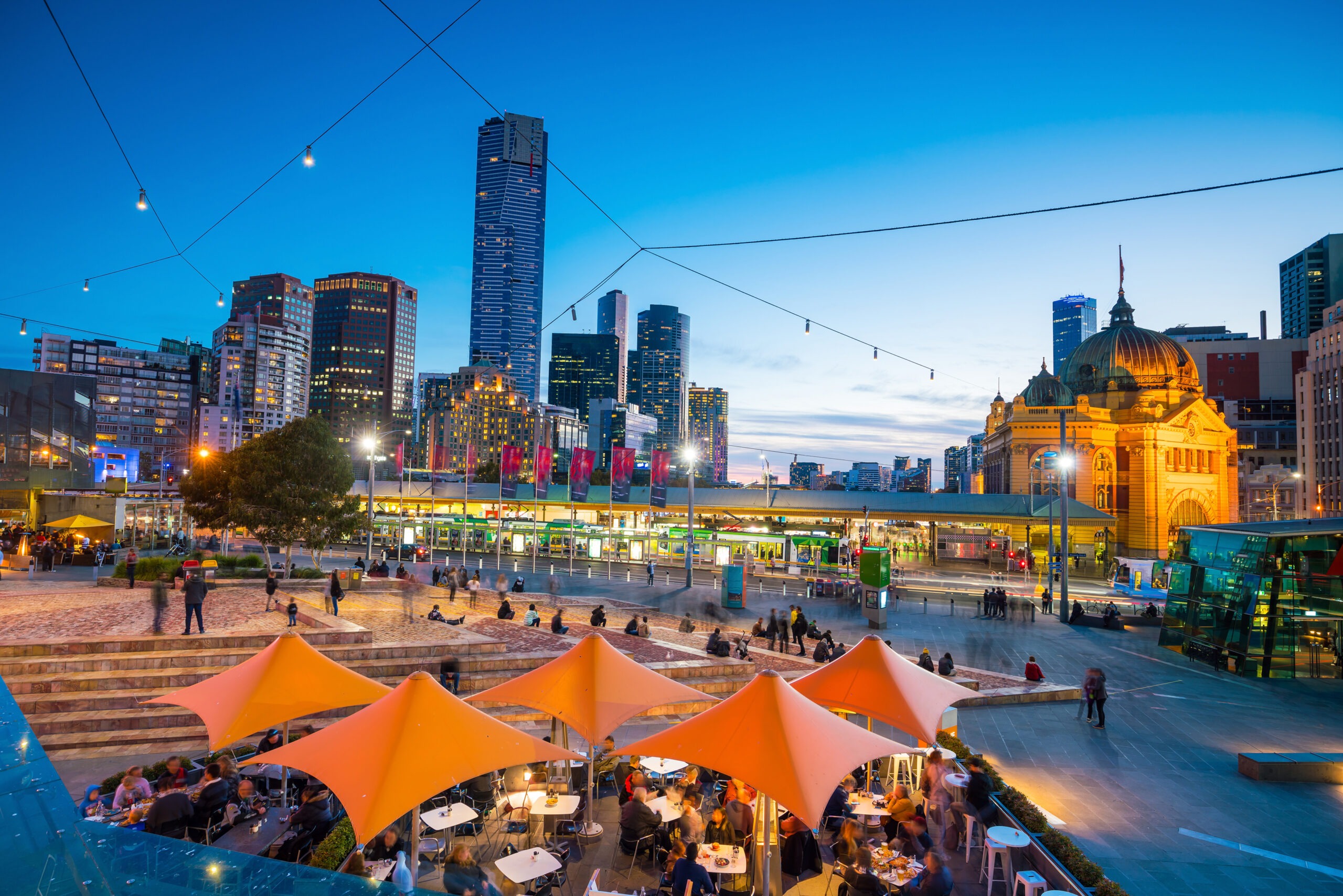
Upbeat. We foresee continued growth throughout the year. As of 2022, MICE delivers approximately 20% revenue contribution to our hotels, and we predict stronger demand, fueled by the return of Chinese business travelers. Many countries in the region have a full MICE calendar for 2023 and 2024. Overall, we expect a continued solid demand from both international and domestic travelers who are excited about face-to-face interactions and networking opportunities.
Underscoring our confidence in MICE, Marriott Bonvoy, Marriott International’s travel program, recently announced the Spark This Moment campaign to invite corporate travelers to reconnect with each other. The program highlights how guests can best maximize their experiences across meetings and events, culture, culinary, connections and sustainability while building meaningful connections.
Which countries or cities are the hottest? Which are lagging?
The fastest recovering countries are those with strong MICE support from their governments, such as Singapore and Thailand. The Singapore Tourism Board recently signed two new agreements with global event organizers, Comexposium and Italian Exhibition Group, which will help to further accelerate the country’s MICE industry and chart the path to a full recovery by 2025.
Thailand, meanwhile, welcomed 7.93 million MICE travelers between October to December 2022 alone, generating 28.53 billion baht in revenue. Furthermore, the Thailand Convention and Exhibition Bureau has developed a five-year strategic action plan that aims to attract over 160 million MICE travelers to the country.
Countries which are lagging may have resumed MICE activities later due to challenges in lifting restrictions. However, as more planners and business travelers seek experiences across the region and efforts by governments continue to attract event organizers, the pace of Asia Pacific MICE growth is expected to make good strides.
What are planners looking for in Asia hotels now?
Sustainability is high on the agenda for many planners, with 95% of APAC travelers wanting sustainability to be incorporated into their trips, according to an Expedia survey. At Marriott, sustainability has been integrated through many business functions, including responsible and local sourcing, minimizing food waste and reducing single-use plastics, especially single toiletry bottles. Furthermore, we also invite leisure and business travelers alike to take part in our Good Travel with Marriott Bonvoy program, which offers guests the opportunity to make a meaningful and positive impact on local communities across three distinct pillars: Environmental Protection, Community Engagement and Marine Conservation.
As hybrid events continue to gain popularity, planners will be on the lookout for venues that have both the technical capability and human expertise to ensure seamless planning and execution. Marriott has been continuously innovating our hybrid meeting offerings, such as the first-of-its-kind Extended Reality (xR) meeting solution, first launched at JW Marriott Hong Kong. With this advanced hologram technology, participants who are not present physically at the venue can appear on the virtual xR stage, and are able to interact with one another. Augmented reality 3D objects can also be manipulated on the xR stage in real time, allowing clients to put their products in the limelight with ease and showcase the features through live interactions.
What advice would you give to U.S planners looking to meet in Asia now?
A poll by Global Business Travel Association found that one in four planners noted that business travelers were now equally or more interested in adding leisure time to their business trips. To answer this growing interest in “bleisure” travel, planners organizing events in Asia should take the opportunity to integrate more local and cultural experiences so that travelers can experience the melting pot of diverse cultures and cuisines that can help enrich business travelers’ overall experience. There are so many fantastic experiences and destinations Asia has to offer. They should look to plan ahead in securing space and flights, as they look to rediscover the Asia Pacific region.
What are the challenges—and are they different in the post-pandemic era?
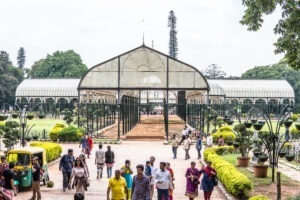
Bengaluru city, Bangalore
Flexibility is now non-negotiable. Especially as airlines continue to build flight capability into and within the region. The swift adoption of technology during the pandemic enabled events to take place smoothly at various scales and formats. Whether virtual, hybrid or in-person, planners expect their venues to be well-equipped to deliver. The need for flexibility also extends to other areas of planning, such as flexibility of bookings, stay arrangements and guest experiences. We need to ensure that our facilities and offerings stay relevant and well-equipped to support planners through all their needs.
Moving forward, one major opportunity for the industry is raising awareness of MICE offerings in non-major cities. For example, in India, besides bustling Mumbai and New Delhi, cities like Bangalore are rapidly developing their capabilities for MICE events and should be considered by travel planners for their next meeting. Other examples include Phuket in Thailand and Langkawi in Malaysia. These locations and properties often have the added advantage of offering business travelers new, authentic experiences and even great views of nature, fully rounding out the “bleisure” aspect of business travel.
This article appears in the July 2023 issue. You can subscribe to the magazine here.
